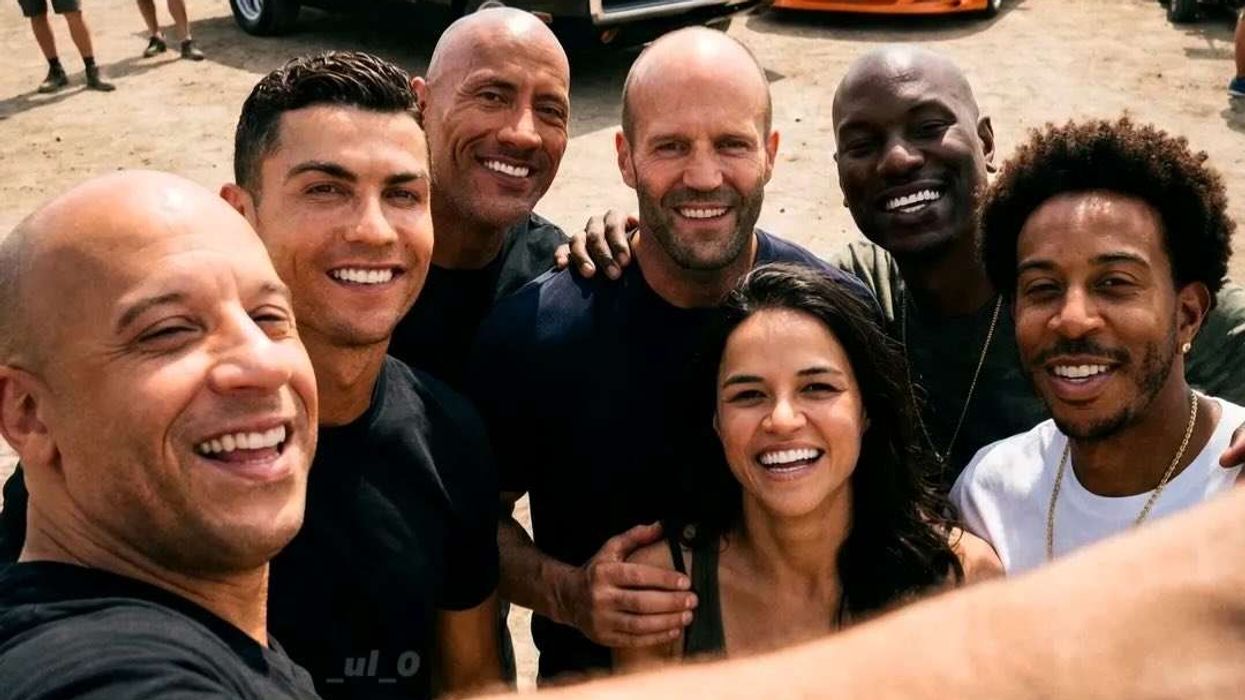THE Indian Independence Day weekend is very lucrative for Bollywood producers because people being on holiday usually results in higher audiences.
Like previously, there are multiple films trying to cash in on that this year. It was supposed to be a three-way box office battle next Friday (11), but Animal postponed its release to December because it won’t be ready on time and audiences will suffer.
Animal was by far the best bet to become a major hit because it is a flashy action movie, the most popular genre in Bollywood right now. It has the strongest star cast with Ranbir Kapoor, Anil Kapoor, Bobby Deol and Rashmika Mandanna, along with being the third movie from ace writer/ director Sandeep Vanga. His previous two movies Arjun Reddy and Kabir Singh were huge blockbusters. That particular filmmaker has generated so much excitement that pan-Indian superstar Prabhas has signed up to star in his film Spirit and massively popular actor Allu Arjun will team up with him for another movie.
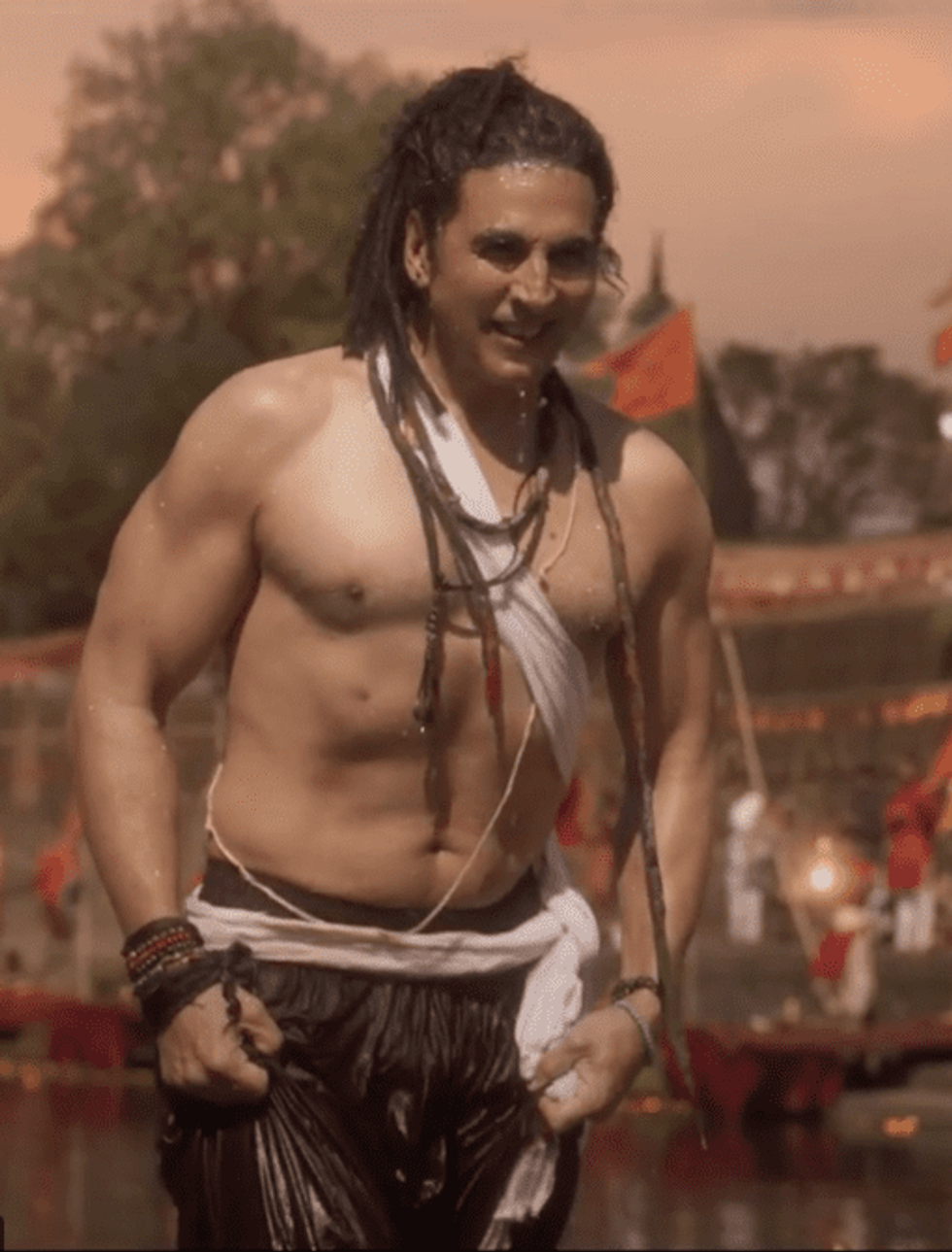
Exciting looking film Animal being postponed has left audiences with two sequels starring ageing actors. It is already obvious that Gadar 2 and OMG 2 will likely be box office failures.
Gadar may have smashed records in 2001, but there is little appetite for a sequel in 2023. Long past their prime lead stars Sunny Deol and Ameesha Patel have not had a hit film in many years. Horribly out of touch producer/director Anil Sharma hasn’t had a big success since that record-breaker 22 years ago. The biggest thing working against Gadar 2 is the nepotism casting of the filmmaker’s son Utkarsh Sharma in a key role. He made his debut with 2018 stinker Genius and has done nothing since then. Even the right-wing nationalistic sentiment sweeping across India won’t be enough to help the cross-border drama Gadar 2 and why it will likely fail. The terrible trailer is a strong indicator of that.
The other sequel which is being released next Friday is OMG 2, a spiritual sequel to sleeper 2012 hit OMG – Oh My God! Akshay Kumar returns to play a god in the satirical comedy-drama with a brand new story. The original was based on a hit theatre play, which was inspired by a successful film. Unfortunately, the long delayed sequel has a lot working against it and no great source material to work from.
Paresh Rawal has stated that he didn’t return for the sequel because the story wasn’t good enough. Lead star Akshay is in the middle of a career crisis with his films badly failing at the box office, including five disasters in 2022, and another earlier this year. For some reason, Amit Rai has been roped into direct the movie. He hasn’t directed a film since his feature filmmaking debut in 2009 and that was a long time ago. Pankaj Tripathi plays the other lead, but a lot of films have demonstrated that he is a great supporting actor and not enough of a draw in a bigger role. With super sensitivity around religion, the film will likely offend some corners and may not even release on time, with Indian censors demanding multiple cuts.
Just like last year, when Bollywood fans had their cinema going experience ruined with high-profile flops, Raksha Bandhan and Laal Singh Chaddha, the same will inevitably happen again. The freefall of Akshay Kumar and Sunny Deol will likely continue with these films.
The only glimmer of light for the Independence Day weekend is Tamil movie Jailer next Thursday (10), as it will also be released in various dubbed languages, including Hindi. The mega-budget movie is headlined by cinema legend Rajinikanth and has a strong supporting cast that includes Mohanlal, Jackie Shroff, Shiva Rajkumar and Tamannaah Bhatia. Jailer is perhaps the only hope of an Indian film success, because all Bollywood is offering is two rubbish-looking sequels, with leading men most don’t want to watch any more.
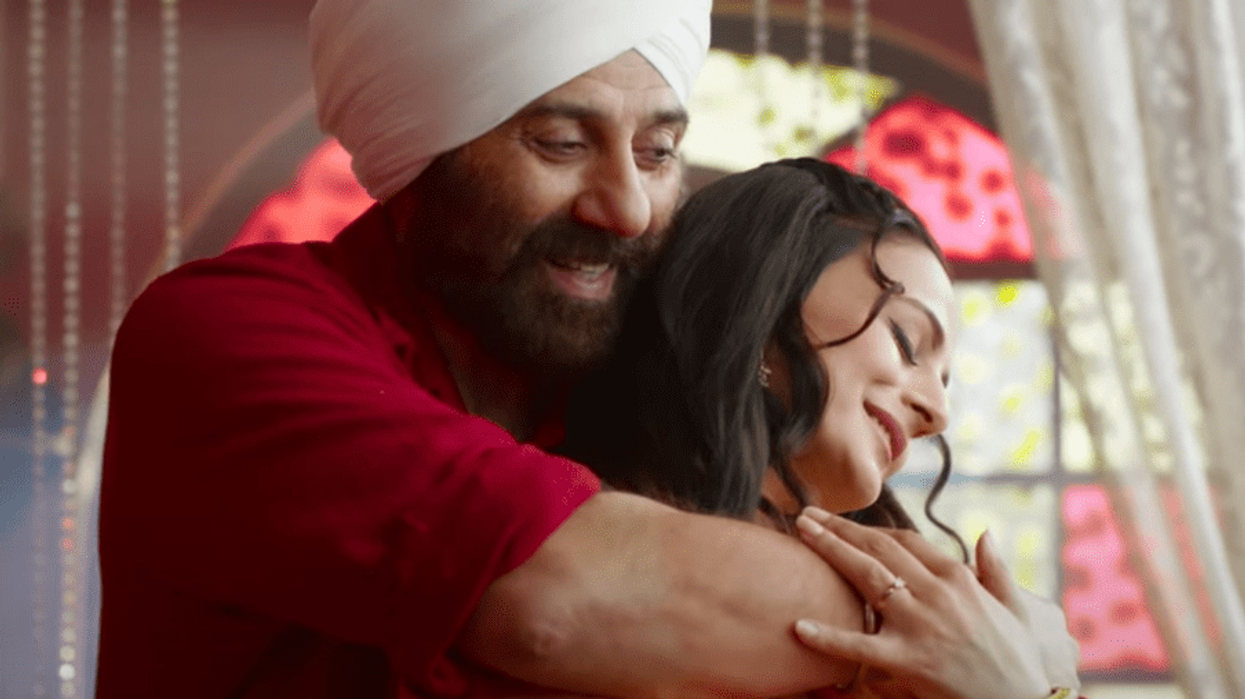
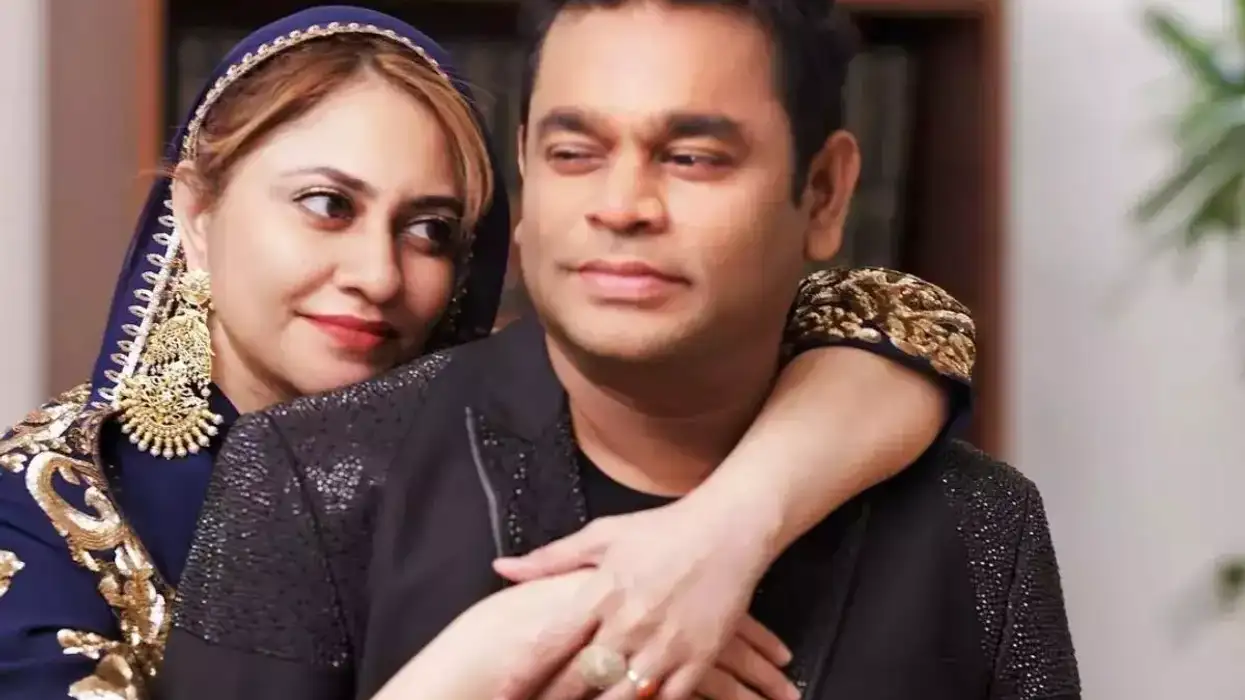
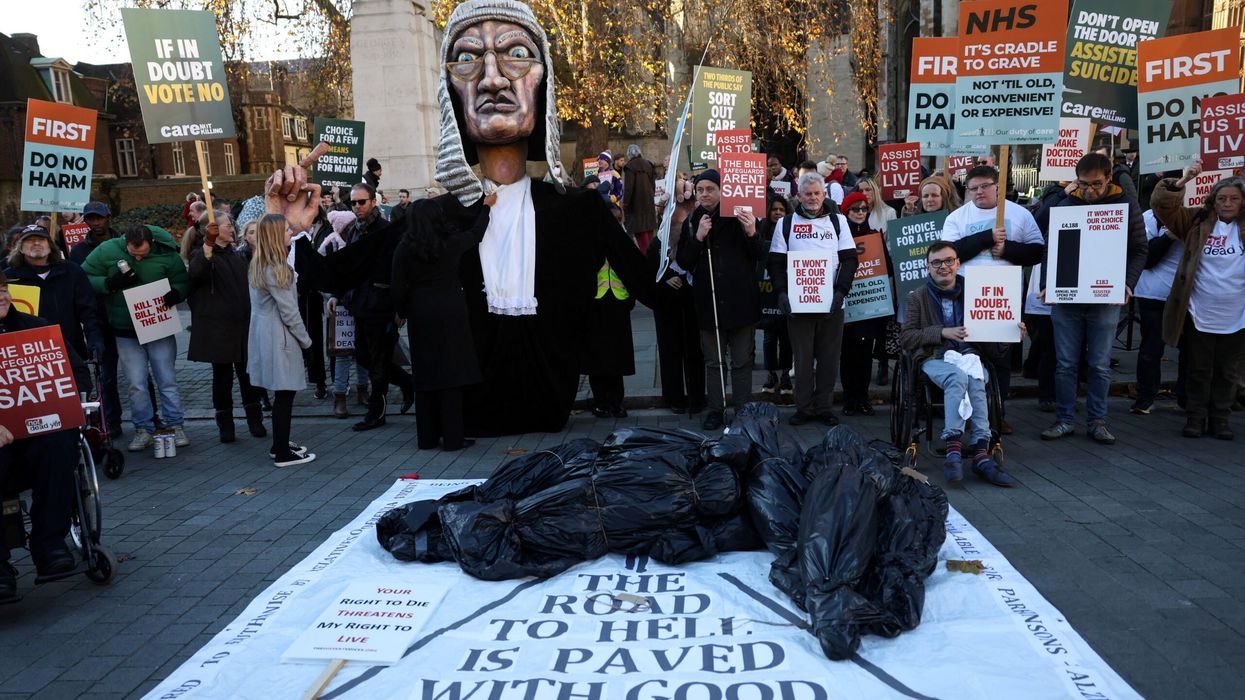
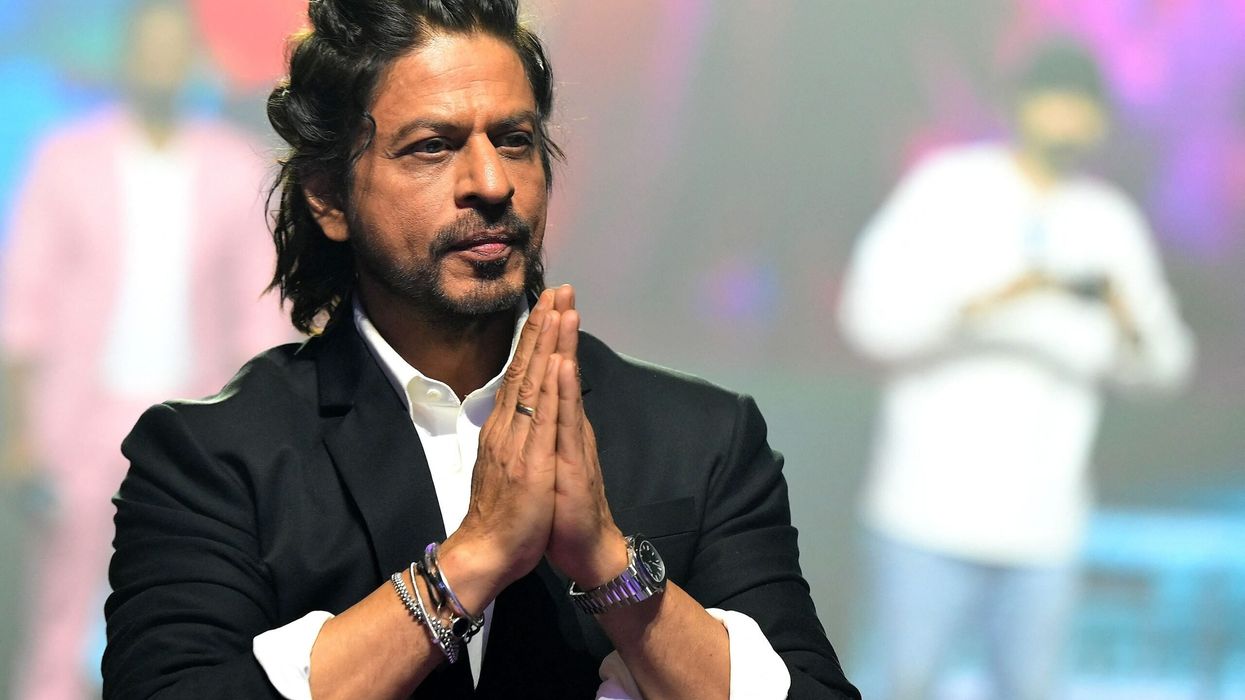
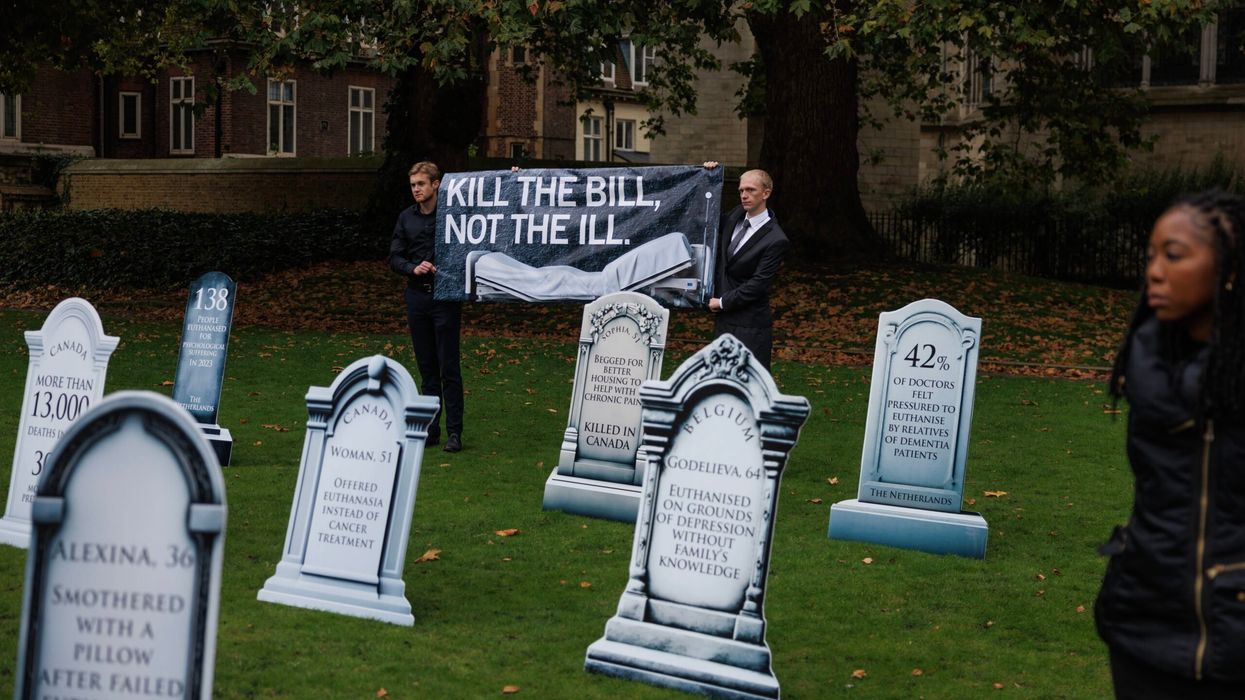

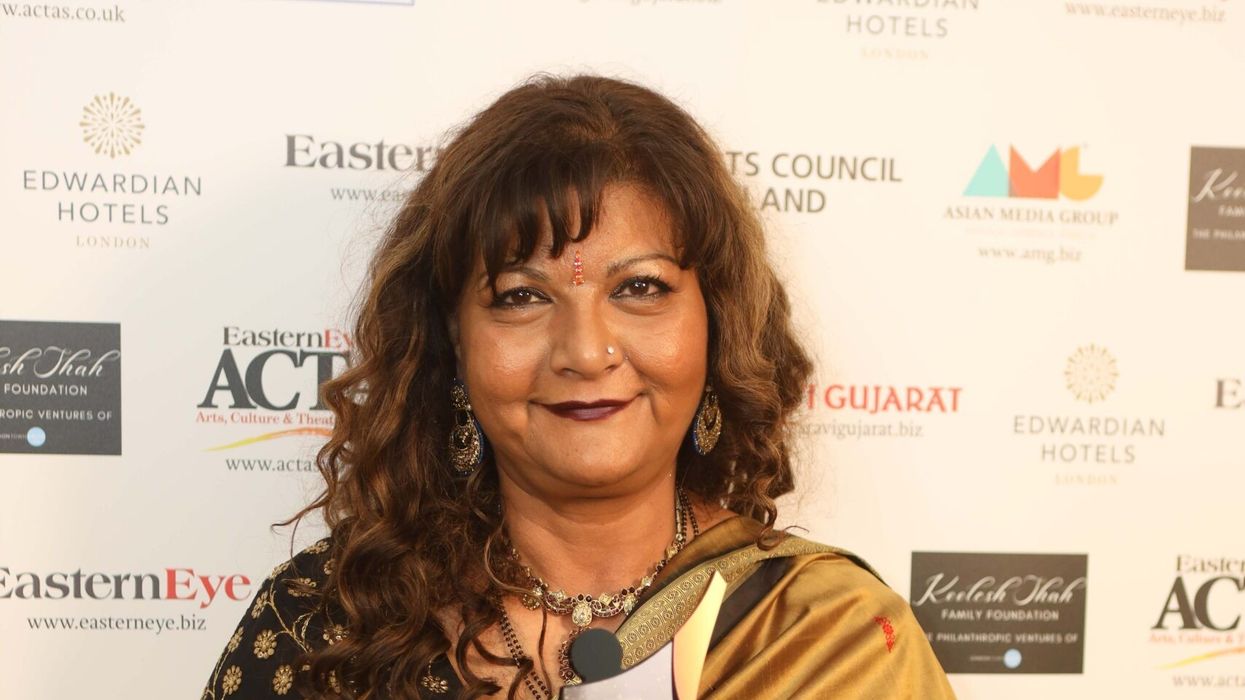 Tanika Gupta
Tanika Gupta 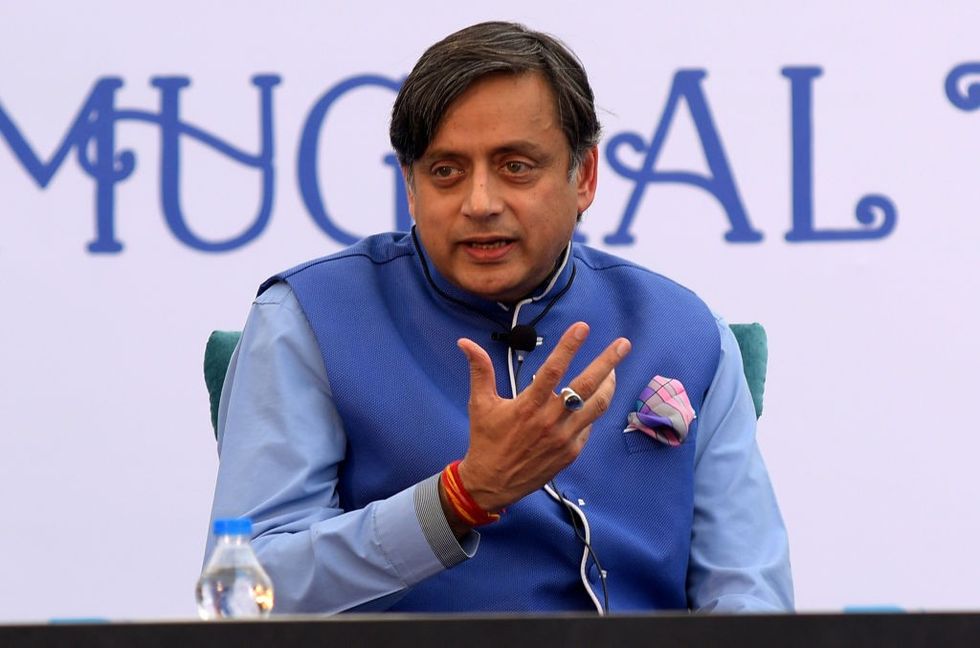 Shashi Tharoor AFP via Getty Images
Shashi Tharoor AFP via Getty Images 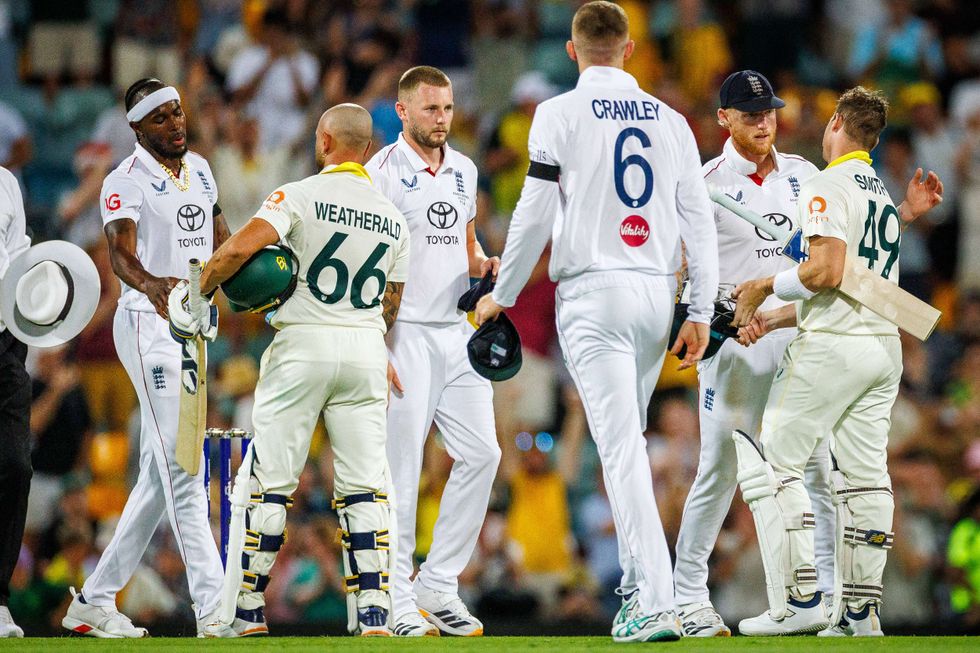 English cricket writers are distraught that in the current “Ashes” series against Australia down under Getty Images
English cricket writers are distraught that in the current “Ashes” series against Australia down under Getty Images 





